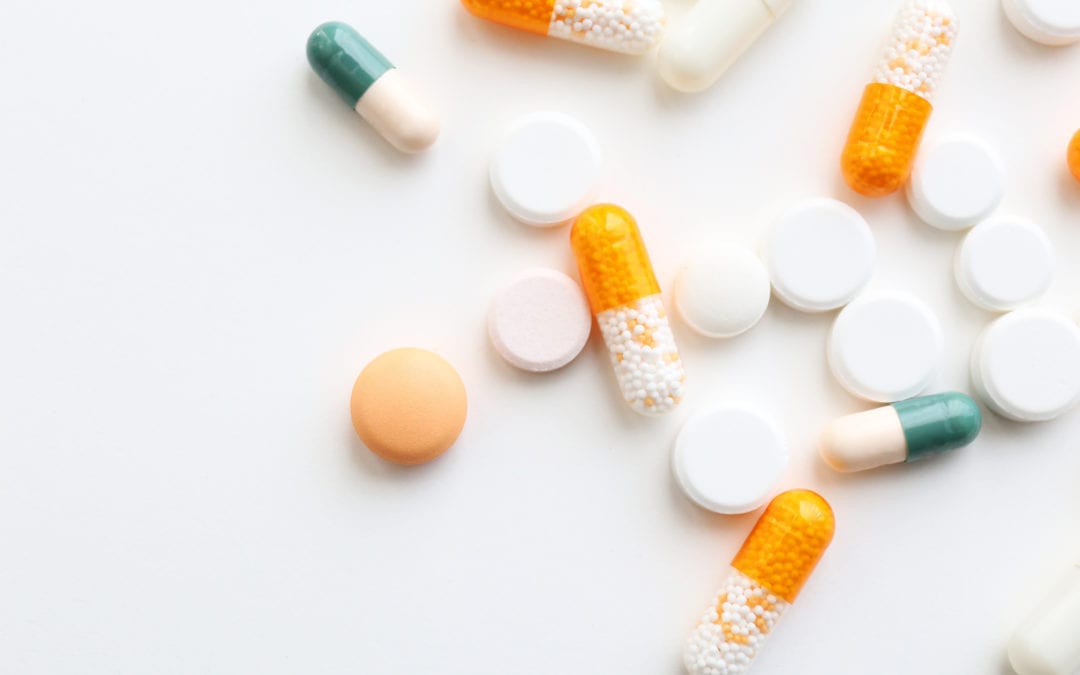The prevalence of addiction in our society has grown in severity over the years, with the number of annual deaths from drug overdose nearly four times that of 30 years ago. This isn’t due to lack of spotlight as addiction is often used as a characteristic in movies and television.
While the true driving force behind higher addiction rates is a multitude of factors, the process of substance abuse leading up to addiction is much more predictable. There are seven recognized stages of addiction:
- Initial Use
- Experimentation
- Habitual Usage
- Problem Usage
- Substance Abuse and Dependency
- Addiction
- Crisis or Treatment
Much like understanding the various signs of substance use, knowing the levels in which this use turns into addiction can help understand what you or a loved one is going through. Using this knowledge also makes it easier to intervene with professional help best suited to where the concerned party is.
Stage One: Initial Use
“Just try it once!” are often the famous last words someone hears before trying a substance that will have an impact on their life they weren’t prepared for. While most think of teenagers and college kids as the ones trying substances for the first time, anyone of any age can be exposed to something they’ve never tried before.
Stage Two: Experimentation
The experimentation phase doesn’t mean additional substances being added to the mix, it refers to the use of the original substance in different scenarios aside from the initial setting. This means social use of drugs or alcohol turn into use at home or sometimes even the workplace.
Stage Three: Habitual Usage
The third stage is when usage of a substance becomes a regular occurrence without as much thought put into it as before. The usage pattern can be daily use, needing to use it before specific activities or using it in reaction to an outside stimulus such as a stressful situation. Addiction has not set in yet and there is still time to take a step back and review the relationship between person and substance.
Stage Four: Problem Usage
Only one stage prior to starting down the steepest part of the slippery slope of addiction lies problem usage. Problem users experience the same lack of thought behind using their substance as regular use, but with increased frequency and disregard for the negative impacts such as hangovers or financial burden.
Stage Five: Substance Abuse Turns Into Dependency
Substance abuse is more sever problem usage and often leads to the user’s body and mind becoming dependent on the substance. This can be due to higher tolerance from prolonged use, the user abusing the substance as psychological relief or even just ignoring the red flags leading up to this point.
Stage Six: Addiction
Becoming addicted to a substance is when users feel they are no longer able to function in reality while in a sober state of mind. This debilitating lack of independence can drive a person to further lean into their addiction until reaching the final stage.
Stage Seven: Crisis or Treatment
No one wants to go through, or see a loved one go through, a crisis due to addiction. A crisis can be losing your family due to divorce, losing your job for use on the clock or in some cases a fatal accident.
Once this stage is reached, it’s time to seek treatment ASAP to avoid the alternative. Baystate Recovery Services we can work with clients at any stage of the addiction cycle, using tailored and compassionate treatment plans that fit each client perfectly. Reach out today to see how we can help you take control of your life again, or how you can get intervention services to help your loved one.

